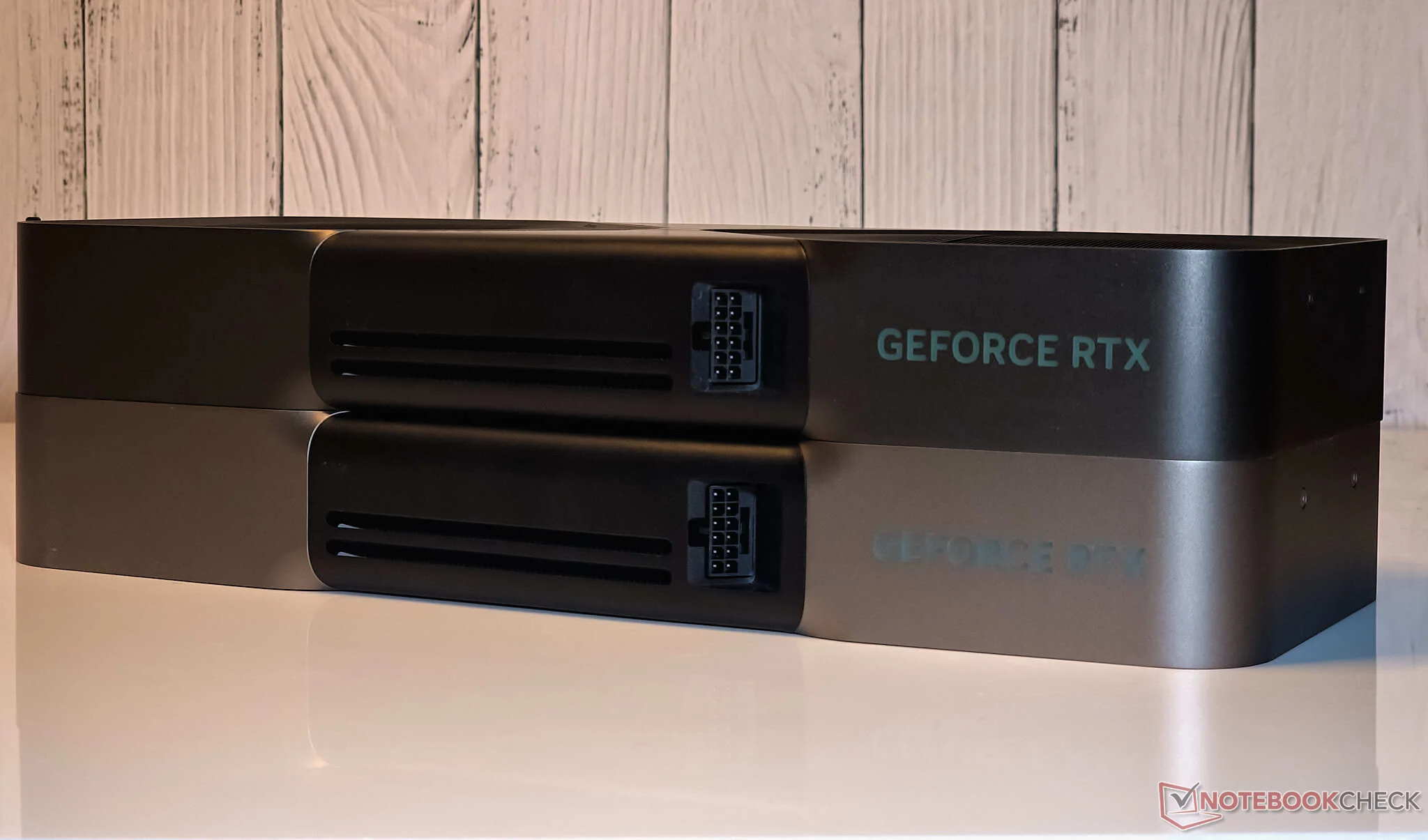Key Takeaways
1. The RTX 5080 Super has increased VRAM and a higher TDP compared to the standard RTX 5080.
2. The confirmed TDP for the RTX 5080 Super is 420 W, up from 360 W for the RTX 5080.
3. Nvidia may raise the TDP to 450 W if necessary to improve performance without adding more CUDA cores.
4. The performance boost of the RTX 5080 compared to the RTX 4080 is only about 20%, indicating limited enhancements in the RTX 50 series so far.
5. The RTX 5080 Super is highly anticipated, potentially leading to more choices and favorable price changes in the GPU market.
A few days ago, the well-known leaker Kopite7kimi shared information about the RTX 5080 Super, which we quickly reported on. The leaked details show that the RTX 5080 Super is mostly similar to the standard RTX 5080, but it has two main differences: increased VRAM and a higher power consumption. Recently, Moore’s Law Is Dead has disclosed that the TDP (Thermal Design Power) for the RTX 5080 Super is significantly higher.
Increased TDP Details
Moore’s Law Is Dead has confirmed the specifications shared by Kopite7kimi and stated that the RTX 5080 Super may have a TDP of 420 W or more. An AIB (Add-In Board) source reportedly informed MLID that Nvidia plans to release the RTX 5080 Super with this new power rating.
The point about TDP is quite intriguing, as Kopite previously indicated that the RTX 5080 Super would require over 400 W, but did not specify an exact number. The TDP of 420 W mentioned by MLID is a notable rise compared to the RTX 5080, which has a TDP of 360 W.
Possible Future Power Increases
Moreover, the AIB source also mentioned that Nvidia has “warned” that the TDP for the RTX 5080 Super might be raised to 450 W “if they think it’s necessary.” Without an increase in CUDA cores, Nvidia’s main strategy to boost the performance of the RTX 5080 Super is to provide more power to the existing 10,752 CUDA cores, allowing them to operate at higher clock speeds. Thus, it makes sense that if 420 W doesn’t yield a significant performance improvement, they could push the limits to 450 W.
So far, the RTX 50 series GPUs, with the exception of the RTX 5090, haven’t shown any remarkable performance enhancements over the RTX 40 series. For instance, the RTX 5080 only offers about a 20% performance boost compared to the RTX 4080. This suggests that Nvidia might be aiming to create a noticeable performance gap between the RTX 5080 and the RTX 5080 Super by implementing a higher TDP.
Anticipation for the RTX 5080 Super
Regardless of the final specifications, the RTX 5080 Super is highly anticipated, especially since new GPU launches in the current market tend to provide more choices, which can lead to favorable price changes.
Source:
Link





